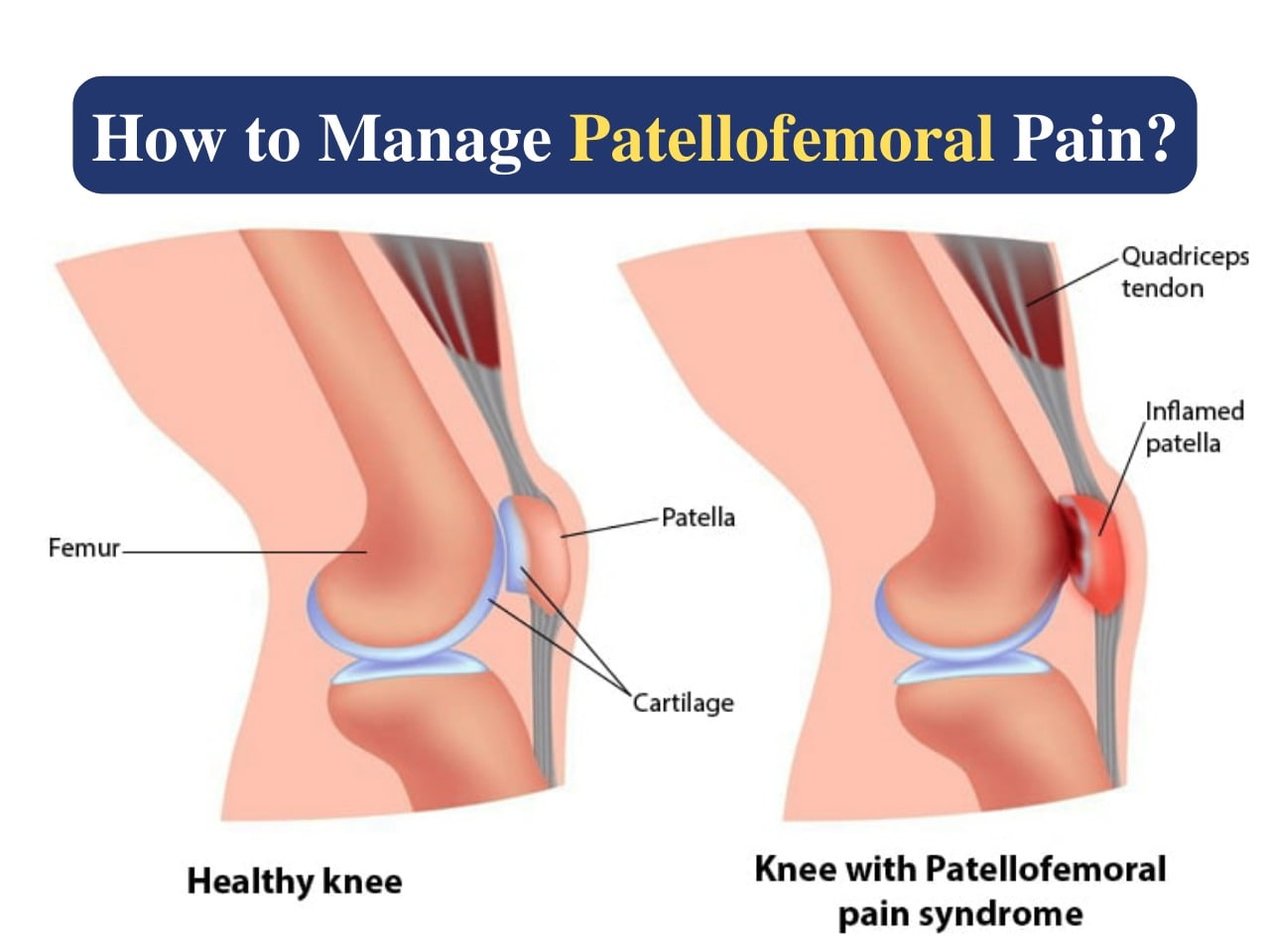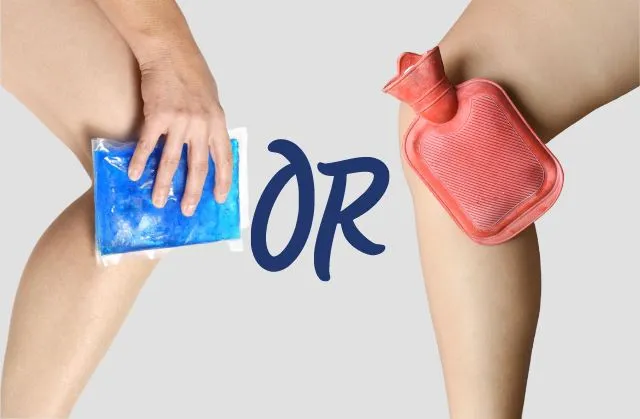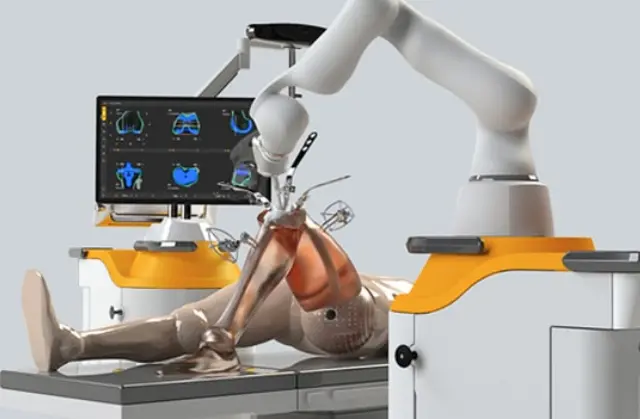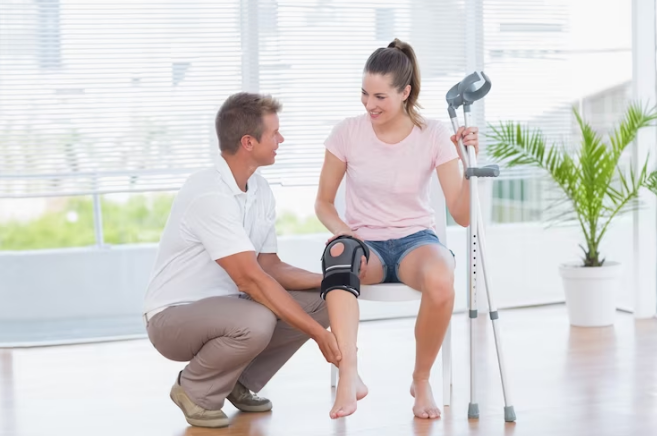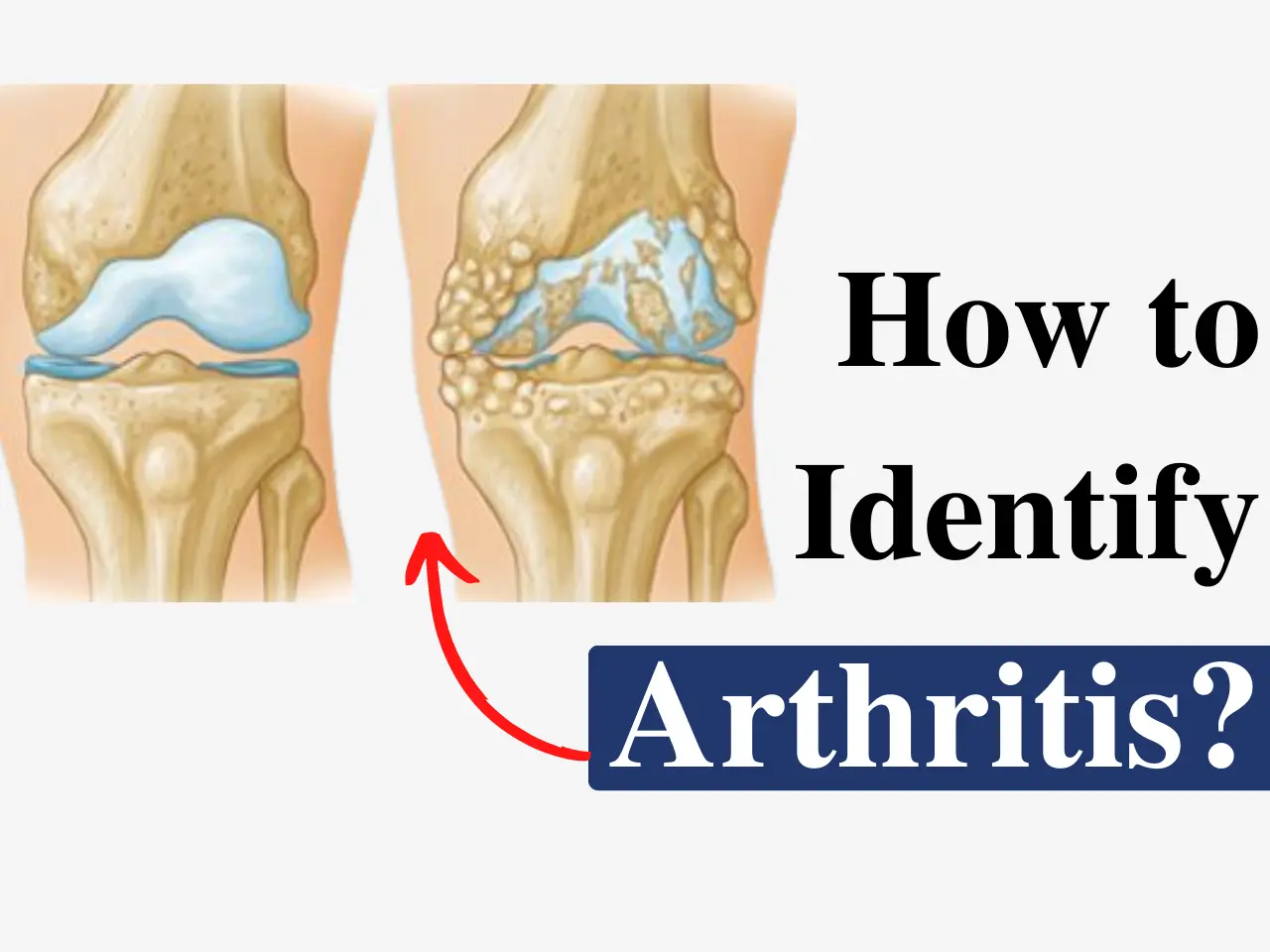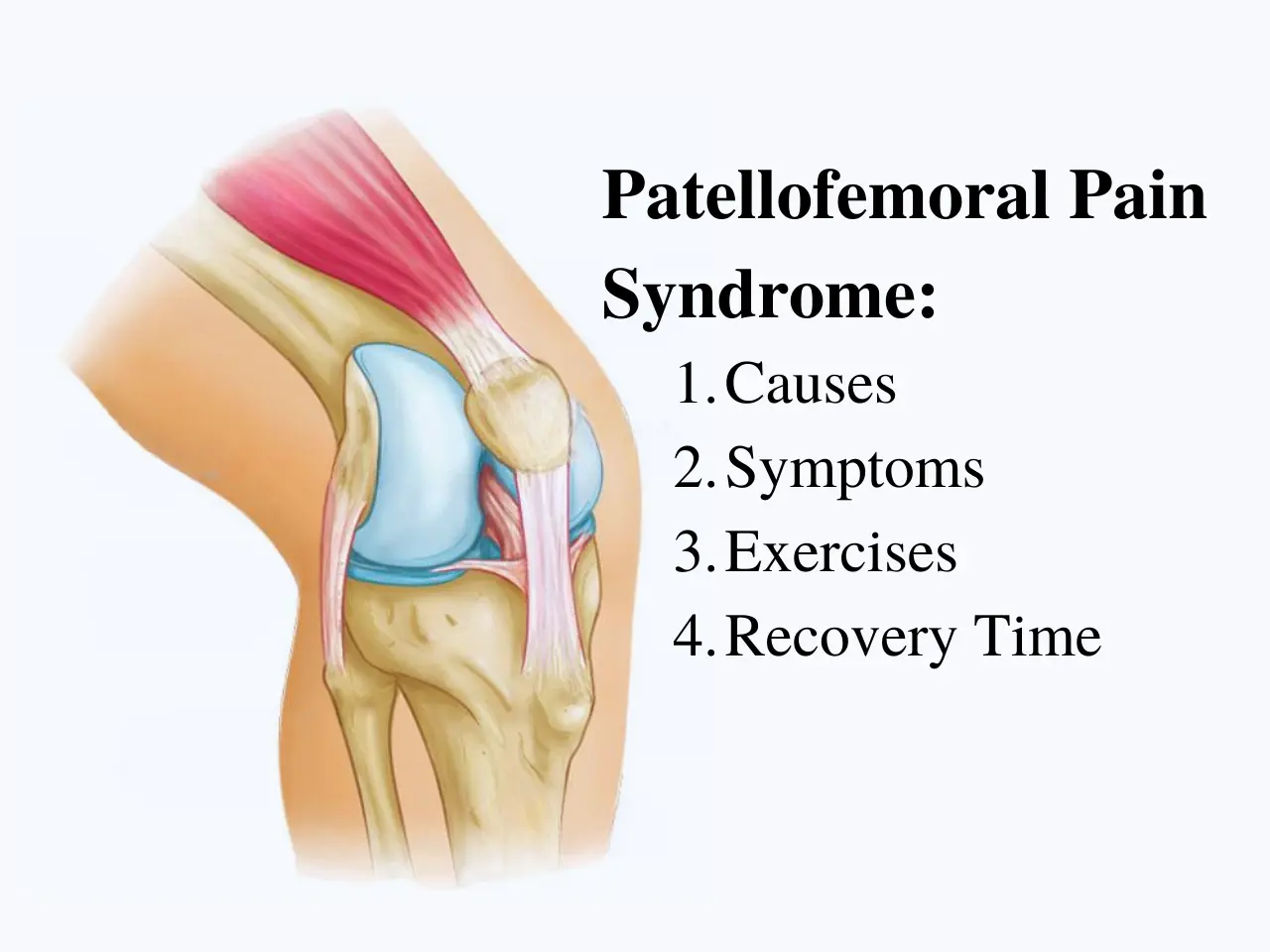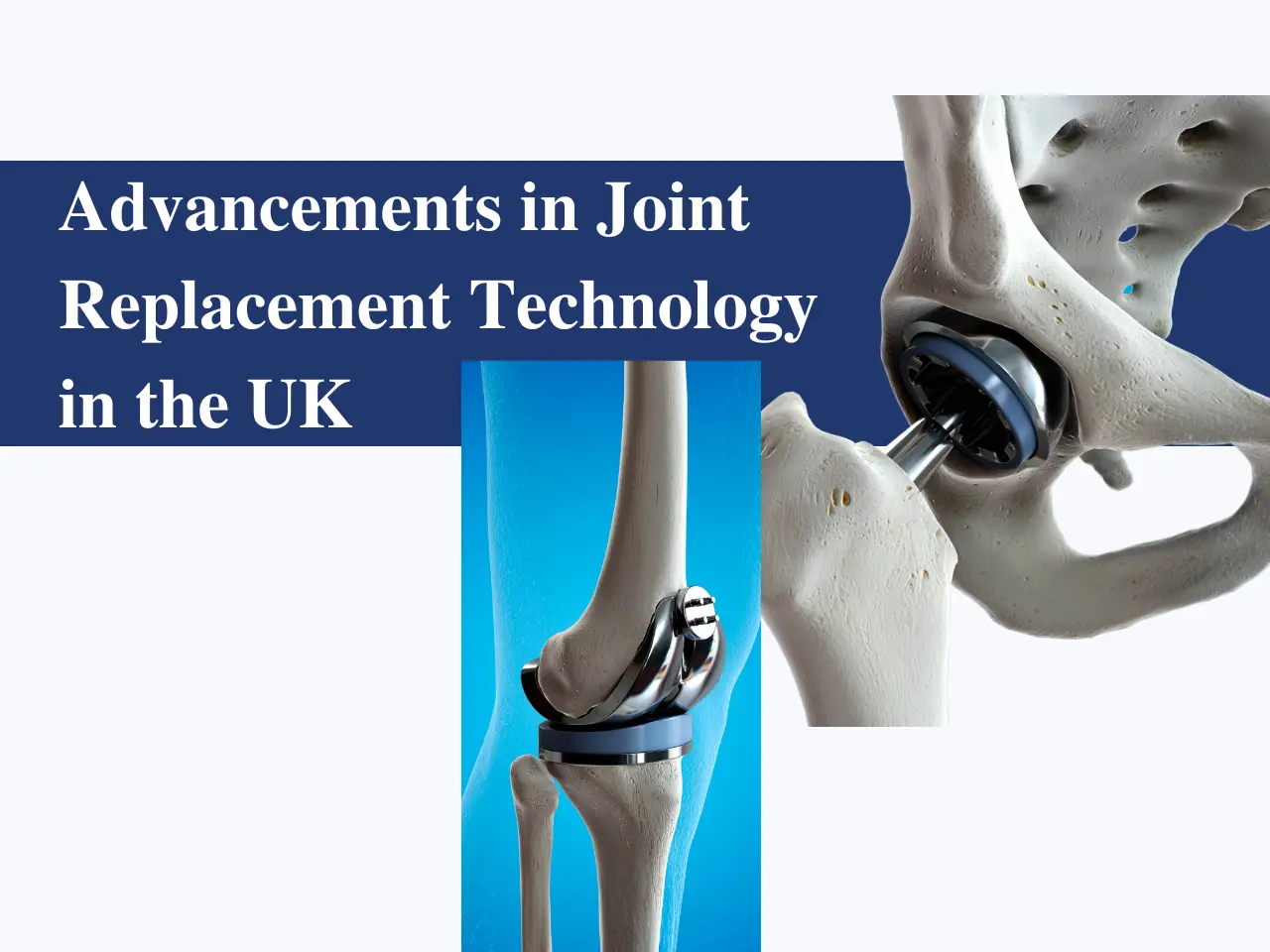Effective Ways to Relieve Patellofemoral Pain and Improve Mobility
Patellofemoral Pain Syndrome (PFPS), commonly referred to as “runner’s knee,” is a condition that causes discomfort around the front of the knee and patella (kneecap).
It is prevalent among athletes, active individuals, and even those with sedentary lifestyles.
Understanding the causes, symptoms, and treatment options is essential for effective management.
This blog explores everything you need to know about managing Patellofemoral Pain Syndrome.
What is Patellofemoral Pain Syndrome?
Patellofemoral Pain Syndrome (PFPS) is a musculoskeletal condition characterized by pain around or behind the kneecap.
Often triggered by overuse, injury, or misalignment, it’s a common problem among runners, cyclists, and other athletes. Despite being known as “runner’s knee,” PFPS can affect anyone.
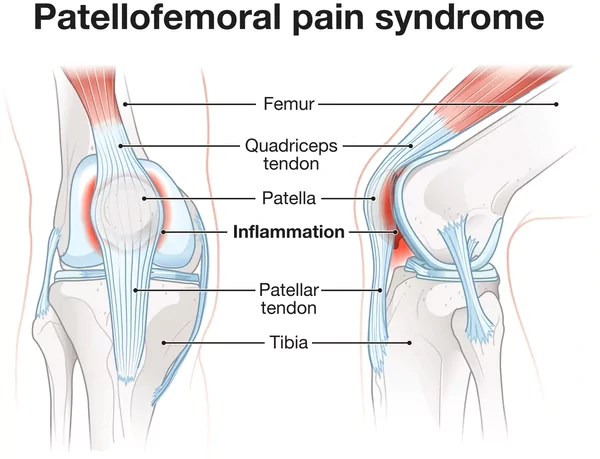
Patellofemoral Pain Syndrome Causes
Common Causes
Understanding the root causes of Patellofemoral Pain Syndrome is crucial for effective management.
The most common causes include:
- Overuse: Repetitive motions, such as running or jumping, can strain the knee joint.
- Muscle Imbalances: Weakness or tightness in the quadriceps, hamstrings, or calf muscles can contribute to PFPS.
- Poor Biomechanics: Misaligned foot or gait issues may place extra stress on the kneecap.
- Injury or Trauma: A direct blow to the knee or a fall can lead to PFPS.
- Arthritis: Conditions like osteoarthritis can exacerbate symptoms.
Patellofemoral Pain Syndrome Symptoms
Recognizing the Symptoms
The symptoms of Patellofemoral Pain Syndrome can vary in severity but commonly include:
- Pain: Around or behind the kneecap, especially during activities like running, climbing stairs, or squatting.
- Swelling: Mild to moderate inflammation around the knee.
- Grinding Sensation: A feeling of the kneecap grinding when bending or straightening the knee.
How to Reduce Patellofemoral Pain?
Lifestyle Modifications
- Rest and Activity Modification: Avoid high-impact activities that exacerbate the pain.
- Weight Management: Maintaining a healthy weight reduces stress on the knees and prevents further damage.
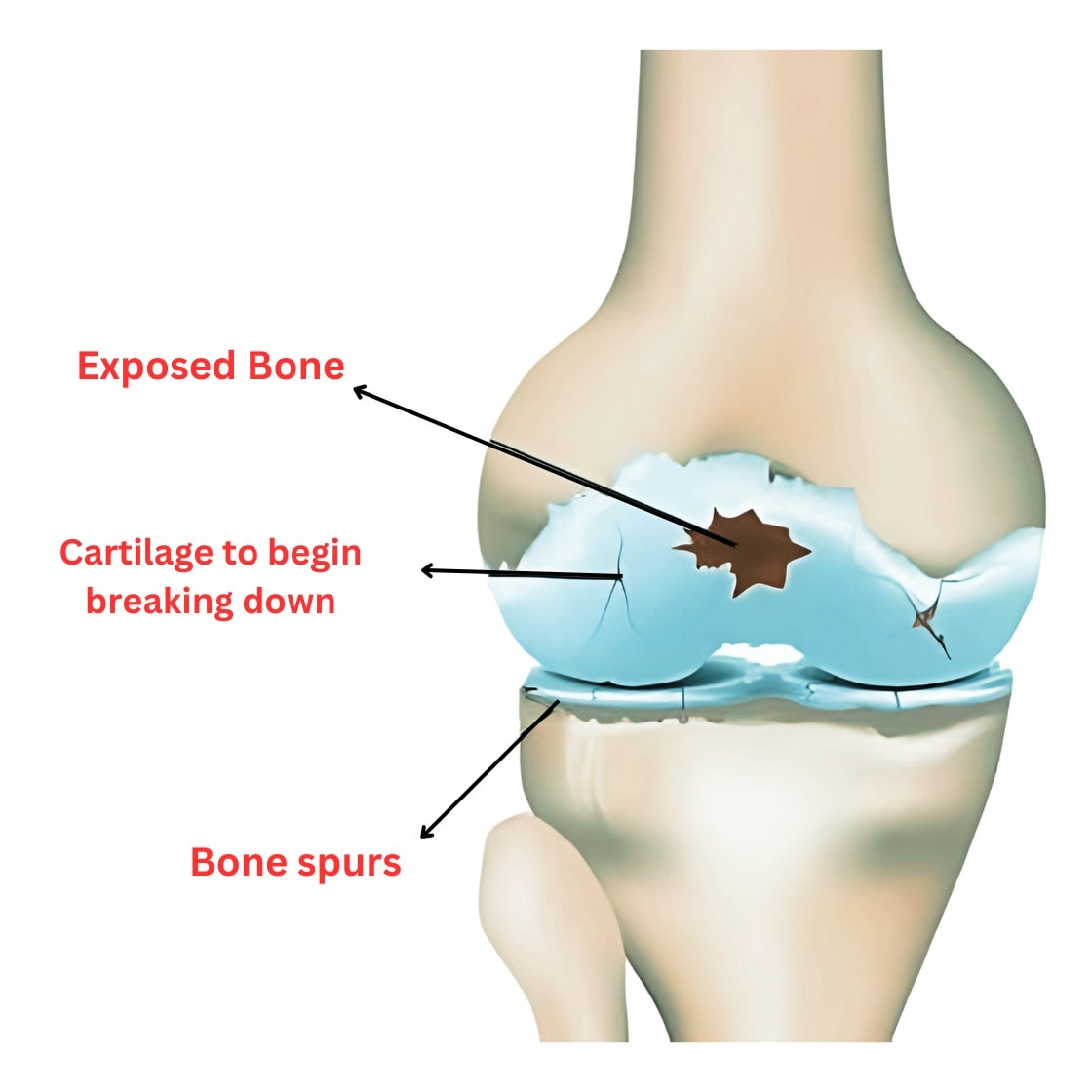
Exercise for Patellofemoral Pain
Strengthening Exercises
- Quadriceps Strengthening: Exercises like straight leg raises and wall sits strengthen the muscles supporting the knee.
- Hamstring and Calf Stretches: Improving flexibility reduces tension on the knee joint.
Low-Impact Activities
- Swimming and Cycling: These activities help maintain fitness without straining the knees.
- Yoga: Enhances flexibility and balance, reducing knee stress.
Improving Biomechanics
- Focus on exercises that correct foot alignment and improve gait mechanics.
Supportive Devices
- Knee Braces or Sleeves: Provide stability and reduce discomfort.
- Orthotic Inserts: Address foot misalignments that contribute to knee pain.
Medical Treatments for Patellofemoral Pain Syndrome
Non-Surgical Treatments
- Physical Therapy: Tailored exercise programs to strengthen and balance the knee.
- Medications: Non-steroidal anti-inflammatory drugs (NSAIDs) for pain relief.
- Injections: Corticosteroid or hyaluronic acid injections to alleviate pain and inflammation.
Patellofemoral Pain Syndrome Surgery in Cheshire
In severe cases where non-surgical treatments fail, surgery may be necessary. Options include:
- Arthroscopic Procedures: To remove damaged tissue or realign the kneecap.
- Realignment Surgery: Adjusts the position of the kneecap to reduce pain.
Post-surgical recovery involves physical therapy to restore mobility and strength.
Preventing Patellofemoral Pain Syndrome
Tips for Long-Term Management
- Engage in regular strength and flexibility exercises targeting the knees.
- Use proper footwear to support healthy biomechanics.
- Always warm up and stretch before physical activities.
When to Consider Knee Replacement in Cheshire?
If pain persists despite treatment or if the condition severely limits mobility, knee replacement surgery may be necessary.
Mr. Nikhil Pradhan orthopaedic surgeons in Cheshire offer advanced care for patients requiring this procedure.
Conclusion
Managing Patellofemoral Pain Syndrome involves a combination of lifestyle changes, exercises, medical treatments, and in some cases, surgery. By addressing the underlying causes and symptoms, you can improve mobility and quality of life.
For expert advice and treatment options, consult Mr. Nikhil Pradhan, a senior orthopaedic consultant specializing in knee and joint care.

